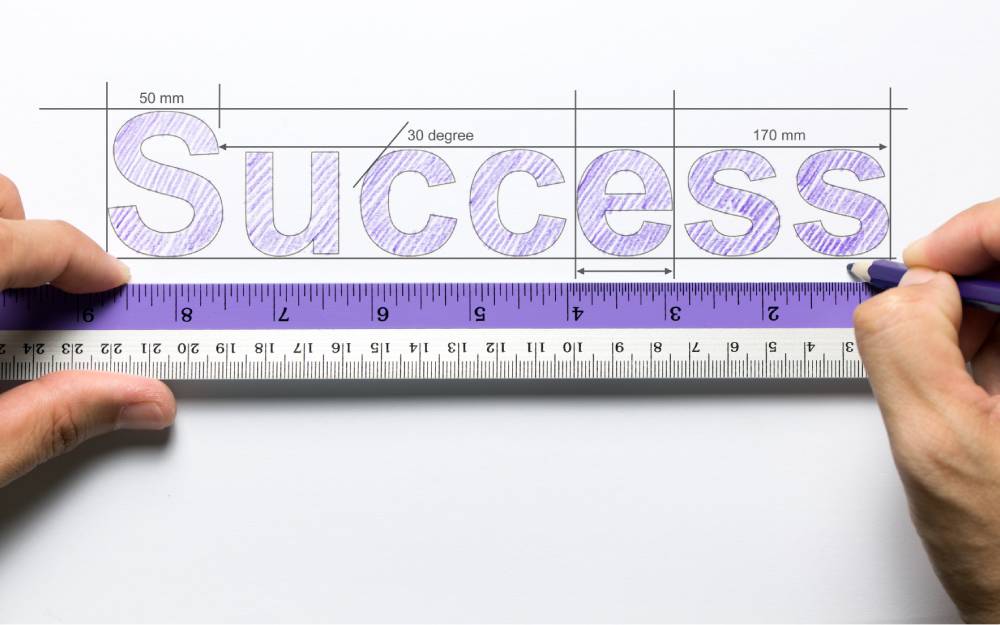 With today’s complex consumer journey, it’s more important to know your customer than ever before. But knowing your customer has never been more difficult — partly due to the fact the customer journey has become fragmented, but also because most marketers organize their data around legacy systems, rather than the customer. It’s time to change that, and embrace the fact that measurement is now as much an art as it is a science.
With today’s complex consumer journey, it’s more important to know your customer than ever before. But knowing your customer has never been more difficult — partly due to the fact the customer journey has become fragmented, but also because most marketers organize their data around legacy systems, rather than the customer. It’s time to change that, and embrace the fact that measurement is now as much an art as it is a science.
If you don’t take action on better measurement, your brand could be at a huge disadvantage. Based on a study by Bain & Co, we found that brands with the highest measurement maturity are 4x more likely to exceed business goals, increase market share, and increase revenue when compared to those with the lowest1.
Measurement should be your top strategic priority
Better measurement is achievable. We created a new framework to help marketers “evolve” their measurement plans, better identify business needs, and create change in their own organizations.
With all of this research around the importance of a strong measurement strategy, it’s time to think about how to ensure that you are effectively supporting business goals and delivering the right insights.
Measurement is now as much an art as it is a science.
To start, ask yourself the following questions about your measurement strategy:
- Are you measuring what matters most to your organization?
- Are you challenging data systems that don’t allow a whole view of your customer, or for you to act on those insights?
- Are you supporting the projects that will drive business for your organization?
Once you’ve asked yourself these important business questions, the below framework will help you evaluate your level of measurement across 3 key domains, and provide key ways to improve it.
The Measurement Maturity Framework
It’s easy to say “we need to make measurement our strategic priority.” It’s harder to actually make that happen. To help teach marketers how to achieve this, Google worked with Boston Consulting Group (BCG) and Bain Consulting to develop a roadmap to better measurement. The result is a new maturity framework: a set of structured stages to help marketers understand what continuous improvement can look like in digital marketing broadly.
First, we created a digital maturity scale to help you identify which stage your organization is at.
- Nascent businesses work on a campaign-by-campaign basis, using external data and direct buys with limited link to sales.
- Emerging businesses are using some owned data in automated buying, with single-channel optimisation and testing.
- Connected businesses have integrated and activated data across channels with a demonstrated link to ROI or sales proxies.
- Multi-Moment businesses have dynamic execution optimised towards a single-customer view across channels.
Evaluating measurement maturity
Then, we organized these stages across three domains: Media measurement, Client value measurement and Brand measurement. We use this guide as a way to evaluate your organization, determine where the organization sits, and what steps you need to take to move it forward.
Media measurement
Within media measurement, we look at how you measure and optimize your media across the customer journey and how you attribute media and the impact it has on your business.
Begin to improve your media measurement maturity by:
- Connecting digital media to in-store purchases with measurement tools
- Adopting and/or developing data-driven attribution models
- Building data pipelines to optimize media towards business objectives
Client value measurement
To evaluate your client value measurement maturity, we look at how you are measuring your media against the value of the client you bring in. This may be based on how much or how often they buy from you or how long you think they will stay a customer.
Gain client value measurement maturity by:
- Building propensity/LTV models to evaluate the value of each client
- Connecting 1st and 3rd Party databases for a richer database for prediction.
- Connecting data points across the customer journey
If you don’t take action on better measurement, your brand could be at a huge disadvantage.
Brand measurement
Lastly, our brand measurement evaluation considers how you measure the impact TV and video has on your brand metrics.
Start maturing your brand measurement strategy by:
- Using incrementality testing methods such as Geo-Experiments or Conversion Lift
- Measuring how viewability affects your media spend
The above measurement maturity model offers key lessons and actionable steps that you can take now to improve your measurement capability. With this strategy, you, too, can help your business take steps toward maturity
| Here are two takeaways to help you with your marketing measurement journey: |
|
|
Source: Think with Google
